
20. Cloak of Many Fashions
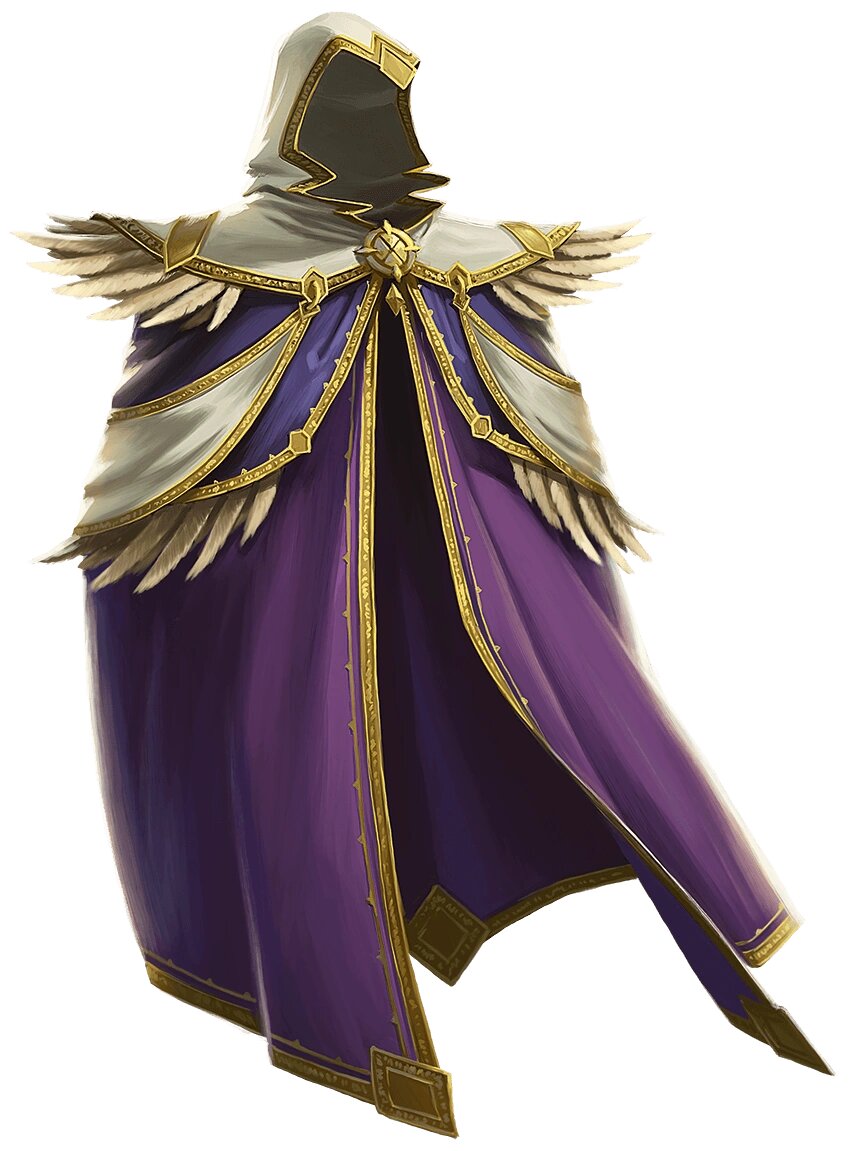
The Cloak of Many Fashions may not seem like much, but early in the game when you’re a low level bard with no gold, silver, or bronze, this can be a great asset to have. As you and your team gain experience throughout the game, this item will decrease in value and usage. This cloak may be the Walmart brand version of the harder to find Glamoured Armored Leather and Hat of Disguise, but we all have to start somewhere
Why the Cloak of Many Fashions is great for low level bards and bards of any subclass…
- It doesn’t require attunement, many powerful items require the bard to be attuned to it, but not this cloak. All you have to do is throw it on and you can change its color and style to whatever you want. Of course, it can’t be anything other than a cloak, so don’t expect it to change into a beautiful ball gown.
- This cloak is a common item, making it easier to find than most, if not all the items on this list. This is helpful for low level bards, who don’t have the skills or spells to journey into dangerous areas to rarer items.
How to get the Cloak of Many Fashions: It’s a common item from the land of Faerûn. The high availability of this item means you can find it just about anywhere. Buy it or steal it, you shouldn’t have a problem getting ahold of one.
Cloak of Many Fashions Description:
- Source: Xanathar's Guide to Everything
- Wondrous item, common
- While wearing this cloak, you can use a bonus action to change the style, color, and apparent quality of the garment. The cloak's weight doesn't change. Regardless of its appearance, the cloak can't be anything but a cloak. Although it can duplicate the appearance of other magic cloaks, it doesn't gain their magical properties.
19. Deck of Illusions
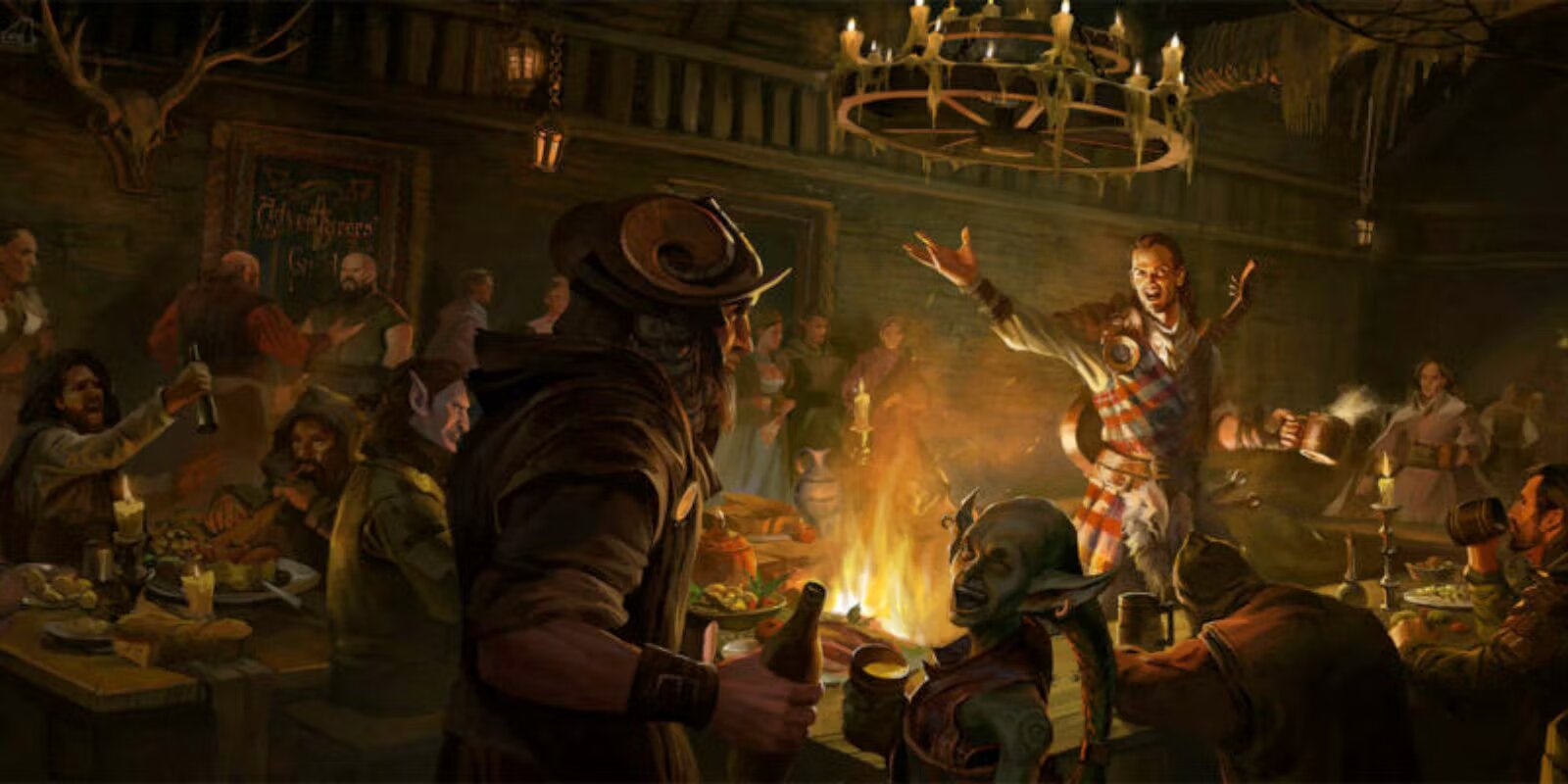 Bards are all about illusions and magic and what’s more magical than performing a few card tricks?. Each card in the deck will produce an illusion that acts and looks exactly like the creature it’s supposed to be. This can be used to intimidate your enemies as long as they don’t touch the creature and realize it’s an illusion. You can also use it in a town or tavern if you want to scare people for funsies.
Bards are all about illusions and magic and what’s more magical than performing a few card tricks?. Each card in the deck will produce an illusion that acts and looks exactly like the creature it’s supposed to be. This can be used to intimidate your enemies as long as they don’t touch the creature and realize it’s an illusion. You can also use it in a town or tavern if you want to scare people for funsies.
Why the Deck of Illusions is great for the College of Swords, Whispers, Lore, and Valor…
- You can pick a card at random and toss it thirty feet away, the card then becomes an illusion of a creature. This creature looks and acts exactly as it would if it were alive, with the only difference being it can’t attack.
- This item is beneficial to the College of Swords because it can balance their limited skill set of only focusing on melee attacks with a few flourishes here and there.By creating the illusion that they can summon something as dangerous as a lich or hill giant, they can fool their enemy into believing they can do a lot more than they actually can. Bards from the Colleges of Lore and Valor are useful for a lot of things, and by distracting an enemy with one of these illusions, they can turn their attention towards attacking, healing, or spellcasting. The College of Whispers can use this in social situations as a distraction.
- If the creature is touched or an object passes through it, the enemies will realize it's an illusion and the creature becomes useless. A good way to avoid this is to use an action to move the creature around to keep it from being targeted. But the creature must stay within 120 feet of you and thirty feet of its card.
How to get the Deck of Illusions: If this deck is found in a treasure horde, you must roll 1d20 and subtract that number from thirty four. The amount left is how many cards are missing from the deck. You might be able to find this item in a specialty magic shop.
Deck of Illusions Descriptions:
- Wondrous Item, uncommon
- This box contains a set of parchment cards. A full deck has 34 cards. A deck found as treasure is usually missing 1d20 − 1 cards.
- The magic of the deck functions only if cards are drawn at random (you can use an altered deck of playing cards to simulate the deck). You can use an action to draw a card at random from the deck and throw it to the ground at a point within 30 feet of you.
- An illusion of one or more creatures forms over the thrown card and remains until dispelled. An illusory creature appears real, of the appropriate size, and behaves as if it were a real creature except that it can do no harm. While you are within 120 feet of the illusory creature and can see it, you can use an action to move it magically anywhere within 30 feet of its card. Any physical interaction with the illusory creature reveals it to be an illusion, because objects pass through it. Someone who uses an action to visually inspect the creature identifies it as illusory with a successful DC 15 Intelligence (Investigation) check. The creature then appears translucent.
- The illusion lasts until its card is moved or the illusion is dispelled. When the illusion ends, the image on its card disappears, and that card can't be used again.
18. Gloves of Thievery
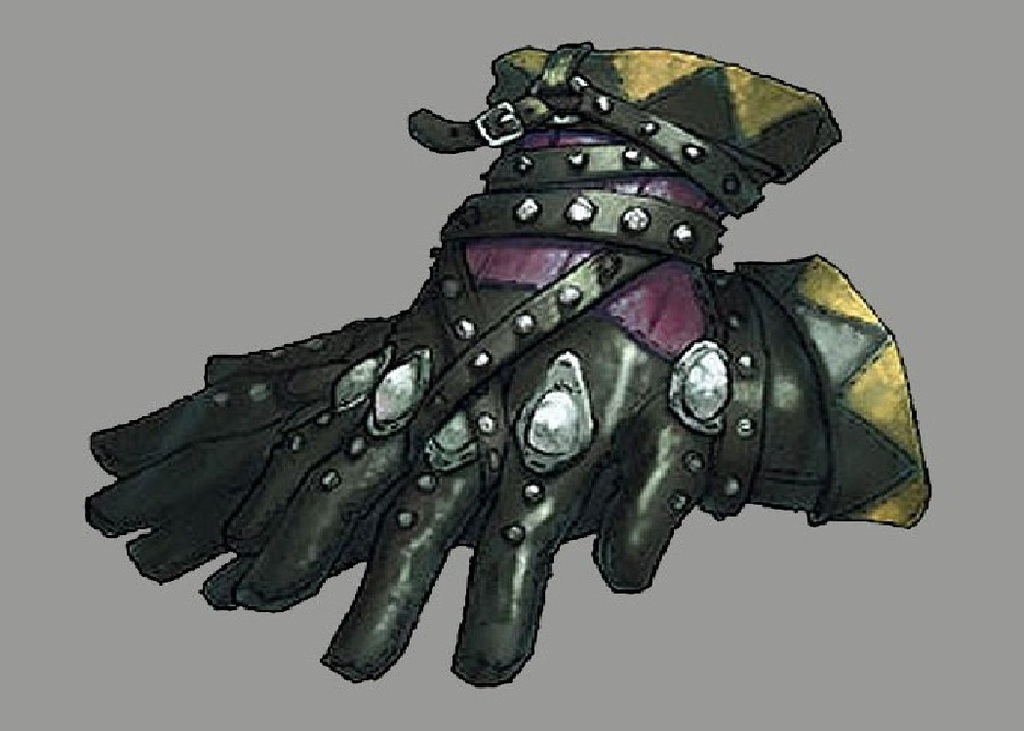
Oftentimes you’ll find yourself in a situation where you need to steal something, but the party rouge is nowhere to be found. A bard can definitely make up for that missing rogue, and all they need is a pair of these gloves they’ll get the job done.
Why the Gloves of Thievery are great for bards in the College of Creation…
- Bards in some subclasses are more stealthy than others and regardless of your subclass, you never know when you need to be a sneaky thief. A pair of these gloves will give you a plus five bonus to Dexterity.
- A bard from the College of Creation can really use a pair of these. They may be able to create non magical items, but they aren’t able to make magical ones.
- If others see you wearing something as suspicious as the Gloves of Thievery, they may suspect you’re up to something. Good thing these gloves turn invisible once you put them on.
How to get the Gloves of Thievery: Maybe you’ll manage to steal these from a rogue so you can have some of those sweet pick locking skills. These can also be found in different shops and maybe in a dungeon or two.
Gloves of Thievery Details:
- Source: Dungeon Master's Guide
- Wondrous item, uncommon
- These gloves are invisible while worn. While wearing them, you gain a +5 bonus to Dexterity (Sleight of Hand) checks and Dexterity checks made to pick locks.
17. Glamoured Studded Leather
 This armor is great for bards that have low AC and play more of a support and healing role, because it gives a bonus to AC. However, just about any bard can have fun with armor, its unique skill to change into any type or style of clothing can definitely be used as an advantage in social situations.
This armor is great for bards that have low AC and play more of a support and healing role, because it gives a bonus to AC. However, just about any bard can have fun with armor, its unique skill to change into any type or style of clothing can definitely be used as an advantage in social situations.Why Glamoured Studded Leather is great for all subclasses of bard…
- The bonus plus one to AC and a bonus action to command the armor to change shape or appearance. This is why it’s great for all subclasses of bard, because most of them have low AC to begin with.
- If your party is in any social situations that require a specific style of dress to blend in with the crowd. The armor can change its shape, but its stats remain the same. Give this to a bard from the College of Eloquence or Glamour and you’ve got yourself a bard that can get away with just about anything.
How to get the Glamoured Studded Leather: This is a rare item, if your DM lets you find it in an armor shop, it’ll probably be quite costly.
Glamoured Studded Leather details:
- While wearing this armor, you gain a +1 bonus to AC. You can also use a bonus action to speak the armor's command word and cause the armor to assume the appearance of a normal set of clothing or some other kind of armor. You decide what it looks like, including color, style, and accessories, but the armor retains its normal bulk and weight. The illusory appearance lasts until you use this property again or remove the armor.
- Made from tough but flexible leather, studded leather is reinforced with close-set rivets or spikes.
- Notes: Bonus: Armor Class, Utility, Combat, Deception, Warding
16. Hat of Disguise
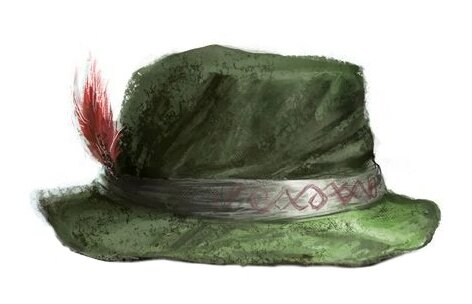
The Hat of Disguise with the Glamoured Studded Leather can create a shape shifting bard that can sneak around in all areas of society. This is good for gathering intel, or just to cause a little chaos.
Why the Hat of Disguise is great for College of Swords and Valor.
- Unlike the College of Whispers where bards can steal shadows to become someone else, other bards, like those from the College of Swords and Valor don’t readily have skills like those available. That is one main reason the Hat of Disguise is perfect for them, it gives them skills that aren’t their usual specialty.
- If you don’t have the spell disguise self, this hat is a must have. As long as you have it on, you can change any part of yourself to fit the social situation.
How to get the Hat of Disguise: You can find one of these stylish hats in a magic clothing shop or from a wandering hat salesman.
Hat of Disguise Description:
- While wearing this hat, you can use an action to cast the disguise self spell from it at will. The spell ends if the hat is removed.
- Notes: Deception, Headwear
15. Bag of Holding
 There is no one specific subclass of bard that benefits more than another, the bag will always do the same thing. This item is highly useful for a bard, because they have a lot of things to carry around. They need to find space for their instruments, clothes, potions, and many other things they use for performance
There is no one specific subclass of bard that benefits more than another, the bag will always do the same thing. This item is highly useful for a bard, because they have a lot of things to carry around. They need to find space for their instruments, clothes, potions, and many other things they use for performance Why the Bag of Hold is great for all bards…
- This bag can hold up to 500 pounds, that’s a lot of weight for its small size. Not only is there enough room in there for a bard’s items, but possibly the items of other party members as well. With less stuff to carry the party will be able to cover more ground at a better pace.
- Dangerous or stolen items can easily be thrown into the bag, concealing it. It looks like a normal bag, afterall, no one should suspect anything more.
- You can smuggle creatures inside it as long as they are less than 500 pounds. However, they will suffocate if left in there for too long.
How to get the Bag of Holding: The Bag of Holding can be purchased for 500 gold at shops chosen by the DM. It can also be a reward for finishing a quest or by being discovered in a treasure.
The Bag of Holding Details:
- adventuring gear (wondrous item)
- Category: Items
- Item Rarity: Uncommon
- Weight: 15
14. Pipes of Haunting
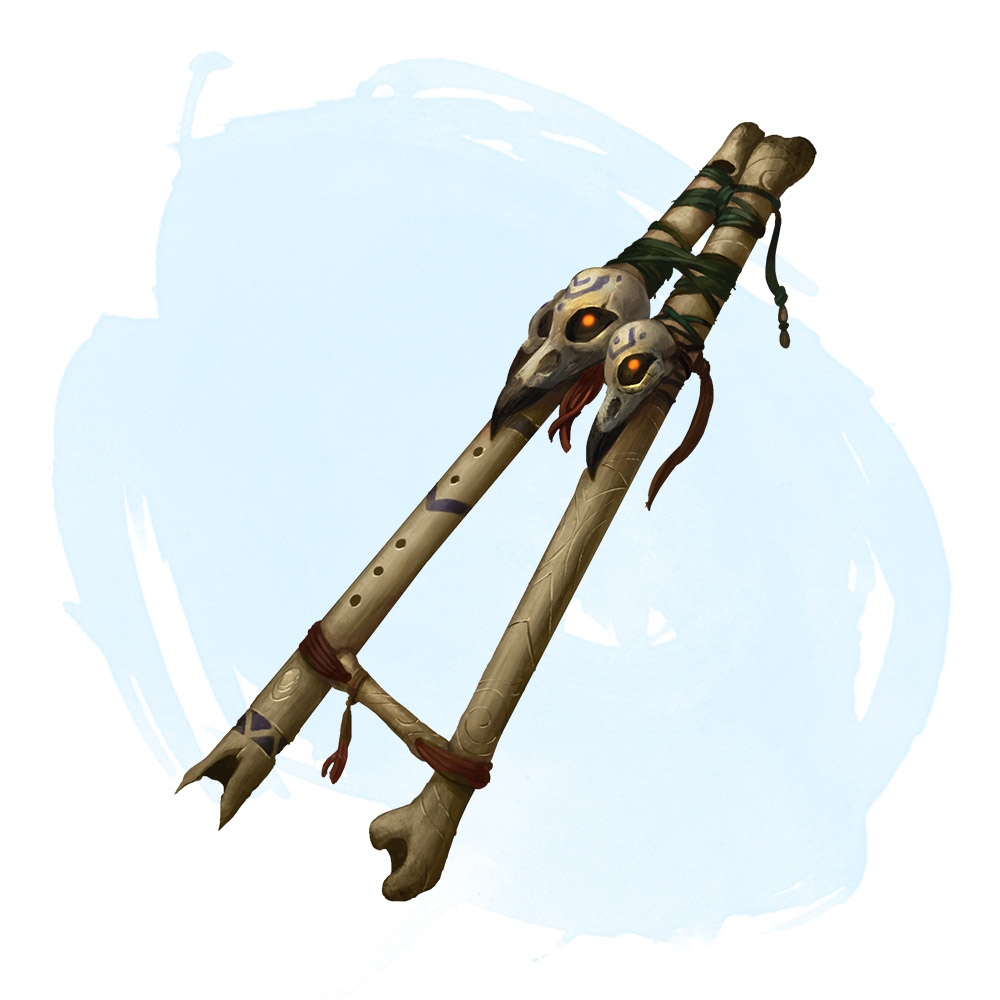
If you’re a bard who can play wind instruments, do your best to grab one of these. Hearing a song from these pipes will give your enemies a disadvantage. It’ll be hard for your enemies to keep up in battle while they’re scared.
Why the Pipes of Haunting is great for the College of Valor…
- When played, these pipes cause all creatures within a thirty foot radius to become frightened. As long as you remain in the line of sight of the affected creatures, they’ll have disadvantage on ability checks and attack rolls. Affect creatures can’t get near you, so do what you need to do while you can.
- The College of Valor is already so talented, why would they need this item? Use of this item will add to their skill set, making them more powerful than they are.
- The Pipes of Haunting have three charges, giving you three chances throughout the day to frighten others. However, if a creature that is successful on its saving throw ir becomes immune to the pipes for the next twenty four hours.
How to get the Pipes of Haunting: A good place to find these is a spooky place, a ghostly forest, or cemetery, guarded by the Undead.
Description of the Pipes of Haunting:
- This material is published under the OGL 1.0a.
- Pipes of Haunting: This magic item appears to be a small set of pan pipes. When played by a person who succeeds on a DC 15 Perform (wind instruments) check, the pipes create an eerie, spellbinding tune. Those within 30 feet who hear the tune must succeed on a DC 13 Will save or become frightened for 4 rounds. Creatures with 6 or more Hit Dice are unaffected. Pipes of haunting can be sounded twice a day.
- Faint necromancy; CL 4th; Craft Wondrous Item, scare; Price 6,000 gp;Weight 3 lb.
13. Ring of Protection
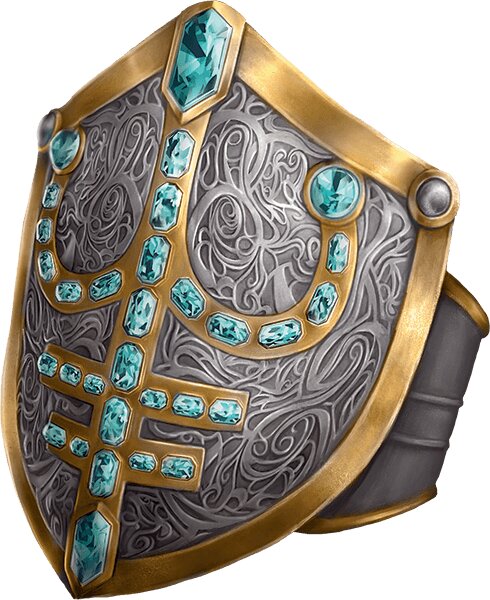
One major downside of bards is their low AC. Any piece of jewelry or clothing that can add to that score will keep your bard from dying. Pair this up with the Glamour Studded Leather, and you’ve got yourself a few extra AC points.
Why the Ring of Protection is great for all bards…
- Most bards have a low AC, and once you attune to this ring, it’ll give you a bonus AC of one and saving throws.
- It’s a nice piece of jewelry that is flashy enough to appease the taste of most bards, but it also looks regal enough to be worn by bards in the College of Valor or Swords.
How to get the Ring of Protection: Your DM can put these up for sale in a mysterious jewelry shop, or in a treasure with all sorts of other things.
Ring of Protection Description:
- Ring, rare (requires attunement)
- You gain a +1 bonus to AC and saving throws while wearing this ring.
- Notes: Bonus: Armor Class, Bonus: Saving Throws, Warding, Jewelry
12. Dancing Sword
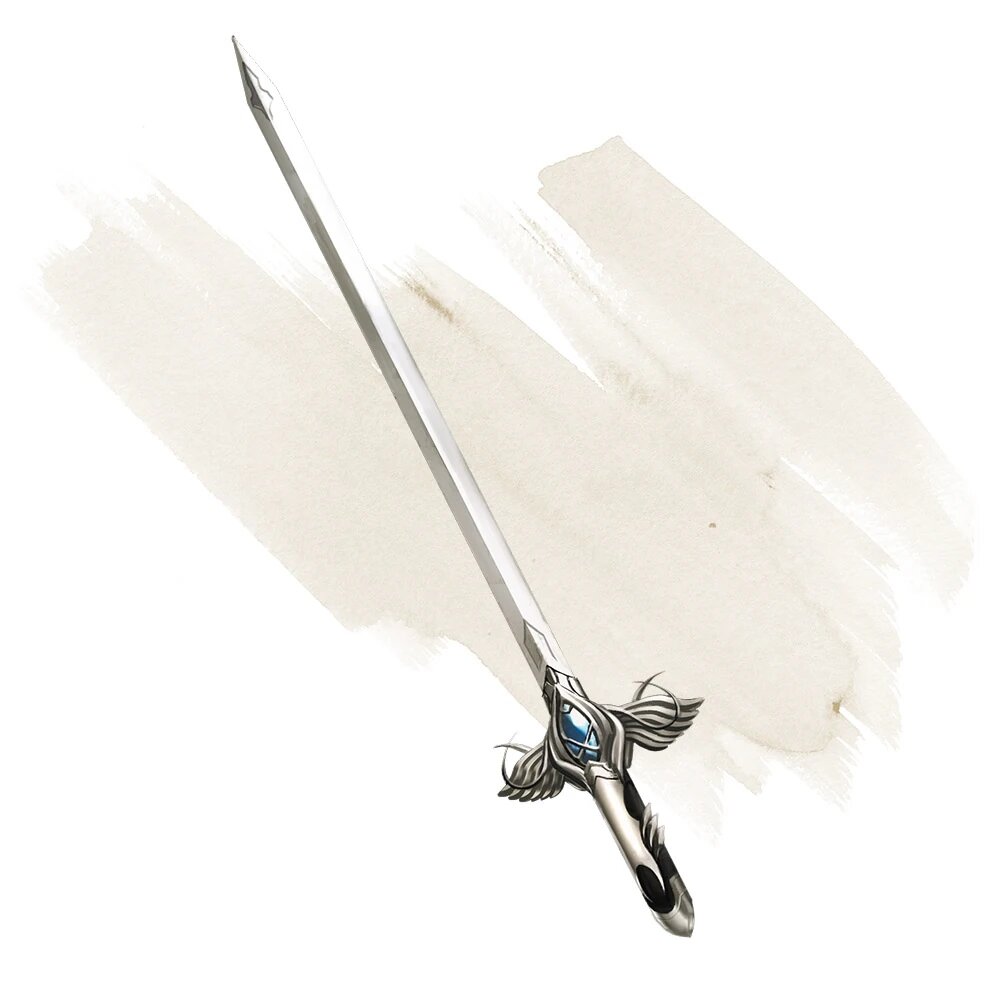
Some bards are better at multitasking than others, and use of this weapon will definitely help those who need it. Heal, attack, or amplify the skills of others or yourself with a spell, then use the bonus action this sword provides to kick some ass too.
Why the Dancing Sword is Great for all bard classes…
- Use of a flying sword will leave a bard’s hands free to do what they need to, everything from casting spells or healing.
- All the bard needs to do is say the word and this sword is ready to come alive. With a bonus action it can hover thirty feet in the air and can attack a creature that is within five feet of you.
How to get the Dancing Sword: Check guards and soldiers and with the Gloves of Thievery, sneak into their home when they're off duty and snatch it from them. A wizard might offer you one of these for completing a quest or maybe it needs to be fished out of a pond.
Dancing Sword Description:
- weapon (any sword) (sword)
- Category: Items
- Item Rarity: Very Rare
11. Luck Blade
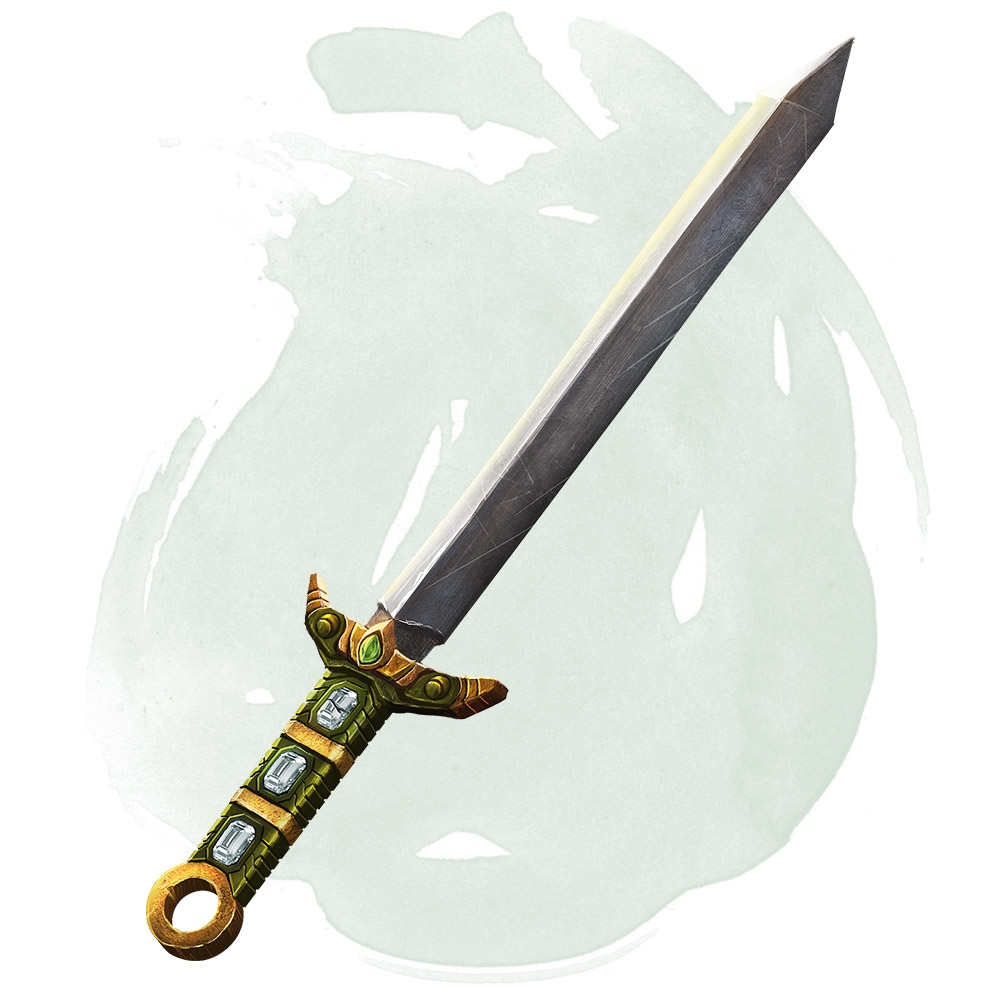
The Luck Blade not only has luck on its side by allowing the bard a second chance on rolls, but it also will give you a plus one on attack and damage rolls. The Wish ability it provides its user can make for a really powerful bard, especially in one that is usually lacking in power.
Why the Luck Blade is great for the College of Swords, Valor and Lore…
- If you use this weapon in battle, you’ll get a plus one on all attack and damage rolls. That is why this blade is an excellent weapon for bards who play more of a fighting position than a support role.
- They don’t call this the Luck Blade for nothing. Without expending an action, you can reroll one of the following: attack roll, ability check, or a saving throw. But remember, sometimes luck won’t be on your side, because you must keep the second roll regardless of if it’s a worse number than before.
- Having this blade also gives you the ability to use Wish, unlike Luck, this does require an action use. With the Wish spell at your side, you are almost unstoppable. This will let you duplicate any spell from the 8th level down, without using any of the required components.
How to get the Luck Blade: This is the kind of weapon that is probably found deep in nature, hidden and protected by fey. NPC’s can offer the blade as a reward for the completion of a quest. The Luck Blade might even be found in dungeons.
Luck Blade Details:
- Weapon (any sword), legendary (requires attunement)
- You gain a +1 bonus to attack and damage rolls made with this magic weapon. While the sword is on your person, you also gain a +1 bonus to saving throws.
- Luck. If the sword is on your person, you can call on its luck (no action required) to reroll one attack roll, ability check, or saving throw you dislike. You must use the second roll. This property can't be used again until the next dawn.
- Wish. The sword has 1d4–1 charges. While holding it, you can use an action to expend 1 charge and cast the wish spell from it. This property can't be used again until the next dawn. The sword loses this property if it has no charges.
10. Staff of Healing
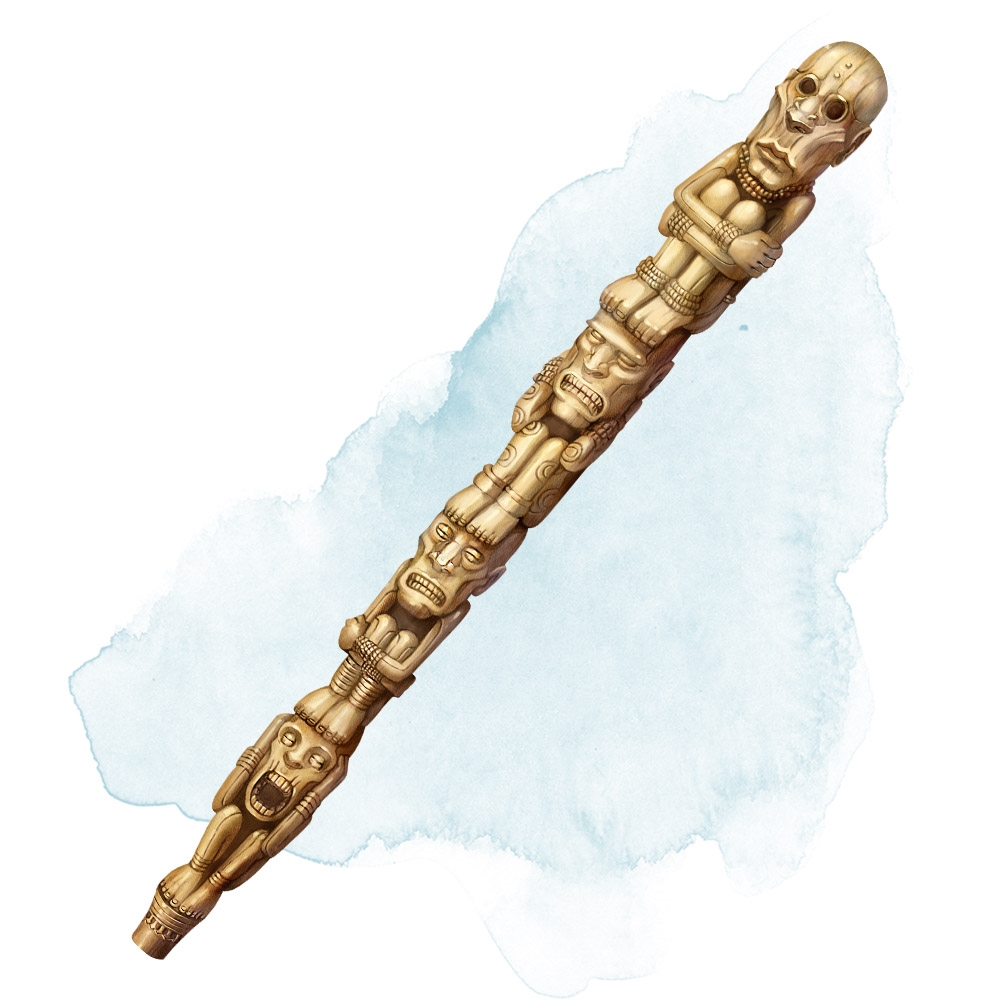
Healing is an important part of the jobs of most bards, so the Staff of Healing can be a highly important asset. You can do a lot of healing with this staff, but be careful not to use up all its charges.
Why the Staff of Healing is great for all subclasses of bard…
- It has ten charges, the more charges it uses per action, the higher level healing spell is used.
- The staff of healing may have ten charges, but once all of them are used up, you must roll a d20 and pray you don’t get a one. One will make the staff disappear. The staff regains charges at dawn.
How to get the Staff of Healing: If your DM offers this at a shop, you should really try and buy it, if not you might want to check in a place of healing.
Staff of Healing Description:
- This staff has 10 charges. While holding it, you can use an action to expend 1 or more of its charges to cast one of the following spells from it, using your spell save DC and spellcasting ability modifier: cure wounds (1 charge per spell level, up to 4th), lesser restoration (2 charges), or mass cure wounds (5 charges).
- The staff regains 1d6 + 4 expended charges daily at dawn. If you expend the last charge, roll a d20. On a 1, the staff vanishes in a flash of light, lost forever.
- Notes: Bard, Cleric, or Druid, Healing
9. Staff of Charming
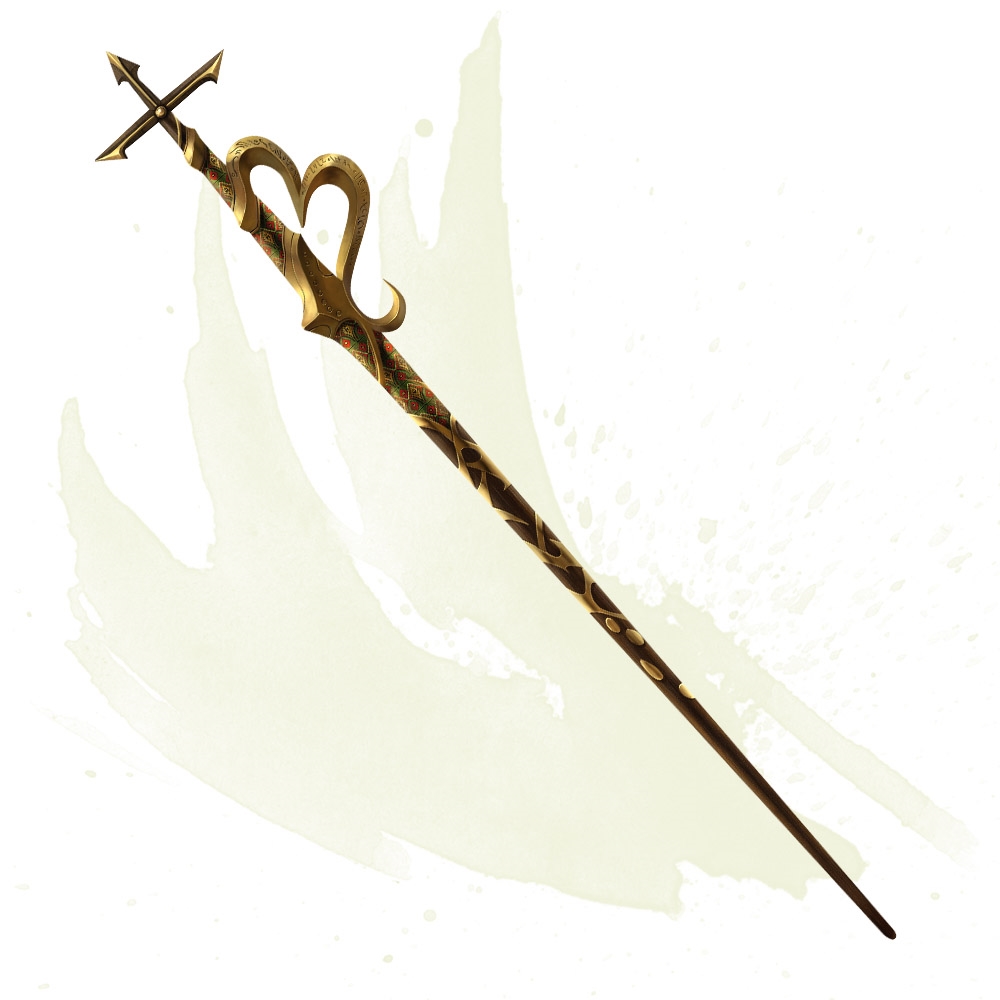
No matter the subclass a bard chooses to be in, it is important for them to be charming. In the right hands, this staff can be used to amplify skills such as Charm Person.
Why the Staff of Charming is great for those in the Colleges of Eloquence and Glamour……
- This staff has ten charges, although it does cost an action to use it. This can be used to Charm Person or Command, which are both good skills for a bard, but the best one has to be Comprehend Languages. A bard can’t be enchanting or entertaining to a group speaking a different language. Unlocking the Comprehend Languages skill will surely help you and your teammates on your journey.
- You ever fail a saving throw? Of course you have, who hasn’t. If you failed a saving throw against an enchantment spell in which you were the ONLY target, you can turn that negative into a positive but only if you have this staff.
- What happens if you succeed in a saving throw against an enchantment spell in which you were the ONLY target? Well, with one charge of this staff, you can mirror the enchantment back at the original caster.
How to get the Staff of Charming: In the end, it’s always up to the DM to determine where any item can be found. The Staff of Charming is no exception. Search for it in dungeons or maybe it’s on sale at a local magic shop.
Staff of Charming Description:
- Staff, rare (requires attunement by a Bard, Cleric, Druid, Sorcerer, Warlock, or Wizard)
- While holding this staff, you can use an action to expend 1 of its 10 charges to cast charm person, command, or comprehend languages from it using your spell save DC. The staff can also be used as a magic quarterstaff.
- If you are holding the staff and fail a saving throw against an enchantment spell that targets only you, you can turn your failed save into a successful one. You can't use this property of the staff again until the next dawn. If you succeed on a save against an enchantment spell that targets only you, with or without the staff's intervention, you can use your reaction to expend 1 charge from the staff and turn the spell back on its caster as if you had cast the spell.
- The staff regains 1d8 + 2 expended charges daily at dawn. If you expend the last charge, roll a d20. On a 1, the staff becomes a nonmagical quarterstaff.
- Notes: Bard, Cleric, Druid, Sorcerer, Warlock, or Wizard, Control, Communication
8. Tome of Leadership and Influence
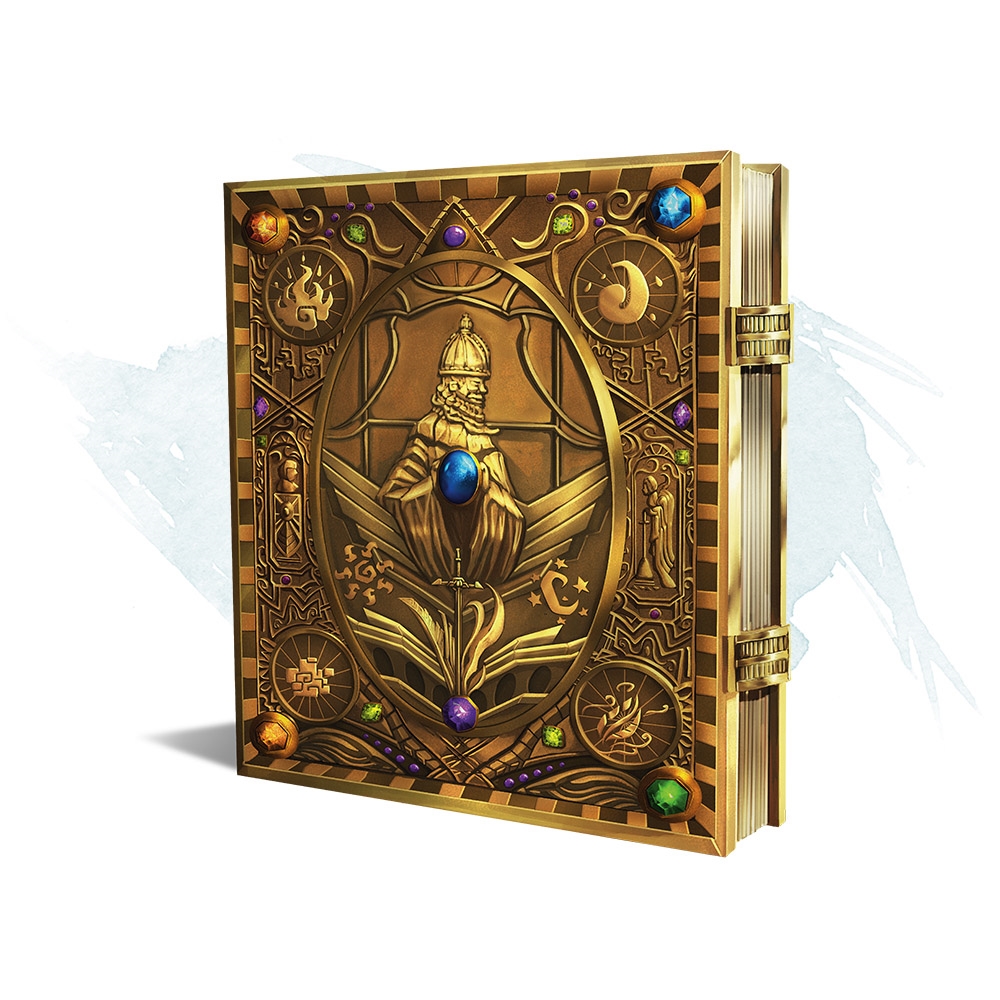
Charisma is an important skill that powers just about everything a bard does. If they have no Charisma, then, they’re severely at a disadvantage. The Tome of Leadership and Influence will add to the Charisma score of those who read it.
Why the Tome of Leadership and Influence is great for all bard subclasses…
- It increases the Charisma of anyone who reads this, including a bard. Since bard skills rely heavily on their Charisma score, this book can be quite helpful. All that needs to be done is a total of forty eight hours must be read within six days.
- Once the book has been completely read, it loses all of its power and points can no longer be added to the Charisma score. So, don’t think you can reread this book more than once and gain extra-extra points.
How to get the Time of Leadership and Influence: Don’t think you can find this book in a library, and if you do find it there, the odds are it's already been read and has lost its power. This is definitely something that can be found hidden in a wizard’s lair or being guarded by a powerful beast.
Tome of Leadership and Influence Description:
- This ponderous book details sugestions for persuading and inspiring others, but entwined within the words is a powerful magical effect. If anyone reads this book, which takes a total of 48 hours over a minimum of six days, he gains an inherent bonus of from +1 to +5 (depending on the type of tome) to his Charisma score. Once the book is read, the magic disappears from the pages and it becomes a normal book.
- Strong evocation (if miracle is used); CL 17th; Craft Wondrous Item, miracle or wish; Price 27,500 gp (+1), 55,000 gp (+2), 82,500 gp (+3), 110,000 gp (+4), 137,500 gp (+5); Cost 1,250 gp + 5,100 XP (+1), 2,500 gp + 10,200 XP (+2), 3,750 gp + 15,300 XP (+3), 5,000 gp + 20,400 XP (+4), 6,250 gp + 25,500 XP (+5); Weight 5 lb.
7. The Cape of the Mountebank
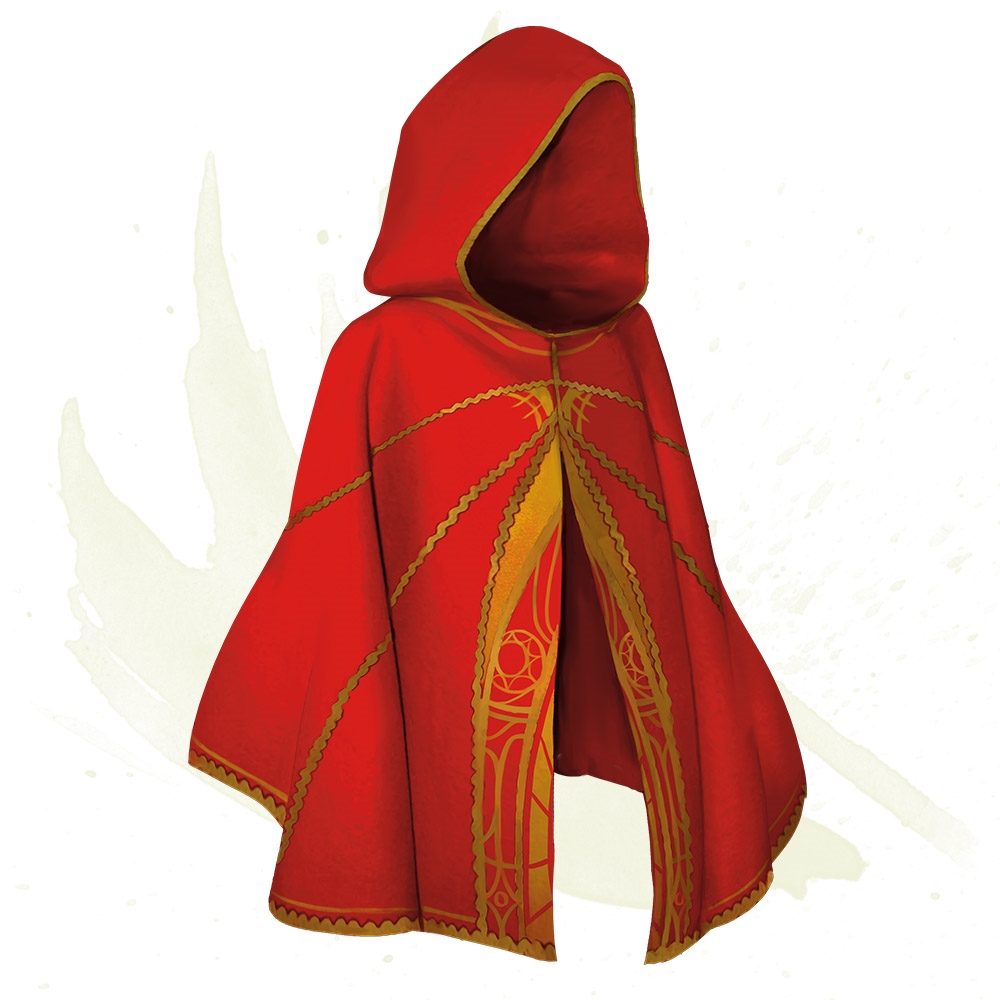
As stated countless times, bards aren’t the best at fighting nor defending themselves, and depending on their personality, they can find themselves in some troubling situations. Sometimes they just need a way to escape without being caught and that is where usage of the Cape of the Mountebank comes in.
Why the Cape of the Mountebank is great for all bards…
- Because you can use the dimension door spell as an action once per day. This allows for a quick getaway. This can be used in melee or in social situations. If you know you’re about to get slaughtered, use this to disappear in a puff of smoke.
- No matter the subclass of bard, they all have their sour moments.A bard that is failing at a performance can escape with a flourish of cape. Get caught doing something illegal? Get caught in a trap? Sleep with someone you’re not supposed to? Escape using this item.
How to Get the Cape of the Mountebank: This item can probably be found in magical shops and might even be given out to you in a treasure. An NPC might offer this as a reward for completing a quest.
The Cape of the Mountebank Description:
- Wondrous Item, rare
- This cape smells faintly of brimstone. While wearing it, you can use it to cast the dimension door spell as an action. This property of the cape can't be used again until the next dawn.
- When you disappear, you leave behind a cloud of smoke, and you appear in a similar cloud of smoke at your destination. The smoke lightly obscures the space you left and the space you appear in, and it dissipates at the end of your next turn. A light or stronger wind disperses the smoke.
- Notes: Teleportation, Exploration, Outerwear
6. Ghost Step Tattoo
 Make sure your bard isn’t afraid of needles, because that’s exactly what’s needed to attune to this tattoo. The tattoo is shifty and wavy and blurry, but despite its imperfections it still gives some excellent benefits. With it, you can become invisible and walk through solid objects . This is great for squishy bards who need all the protection they can get.
Make sure your bard isn’t afraid of needles, because that’s exactly what’s needed to attune to this tattoo. The tattoo is shifty and wavy and blurry, but despite its imperfections it still gives some excellent benefits. With it, you can become invisible and walk through solid objects . This is great for squishy bards who need all the protection they can get.Why the Ghost Step Tattoo is great for College of Whispers, Creation, and Spirits…
- If you picked a bard class that doesn’t offer much skills, this item will benefit you. It has three charges, which if all used up will become replenished at dawn. You can use a charge to become incorporeal until the end of your next turn. Being incorporeal is an amazing skill for a bard to have, especially if you have a low AC.
- While in your Ghostly Form you are resistant to bludgeoning, piercing, and slashing damage, but this is only from nonmagical weapons. Magical weapons can still hurt you, you’re invisible, not invincible. You also can’t be grappled or restrained in combat.
- You can pass through creatures or solid objects, this is great until you end your turn and you happen to be stuck in the middle of a creature or an object. If that happens you take 1d10 of force damage. If you’re in an object and the Ghostly Form ends, you not only have to take 1d10 of force damage but you are thrown into the nearest unoccupied space and take damage for each five feet you fly past.
Where to get a Ghost Step Tattoo: There are many ways to get a Ghost Step Tattoo, and it's all up to your DM to decide. As usual, it can be found in a horde of treasures. It’s possible to encounter a tattoo artist who gives the Ghost Step Tattoo as reward for completing a quest.
Ghost Step Tattoo Description:
Source: Tasha's Cauldron of Everything
- Wondrous item (tattoo), very rare (requires attunement)
- Produced by a special needle, this tattoo shifts and wavers on the skin, parts of it appearing blurred.
- Tattoo Attunement. To attune to this item, you hold the needle to your skin where you want the tattoo to appear, pressing the needle there throughout the attunement process. When the attunement is complete, the needle turns into the ink that becomes the tattoo, which appears on the skin.
- If your attunement to the tattoo ends, the tattoo vanishes, and the needle reappears in your space.
- Ghostly Form. The tattoo has 3 charges, and it regains all expended charges daily at dawn. As a bonus action while the tattoo is on your skin, you can expend 1 of the tattoo's charges to become incorporeal until the end of your next turn. For the duration, you gain the following benefits:
- You have resistance to bludgeoning, piercing, and slashing damage from nonmagical attacks.
- You can't be grappled or restrained.
- You can move through creatures and solid objects as if they were difficult terrain. If you end your turn in a solid object, you take 1d10 force damage. If the effect ends while you are inside a solid object, you instead are shunted to the nearest unoccupied space, and you take 1d10 force damage for every 5 feet traveled.
5. Platinum Scarf
 The Platinum Scarf comes with all kinds of abilities that are useful for a bard. All you need to do is pluck a scale and you can perform one of three actions. You can heal without using up a spell slot, conjure a weapon, or a shield. If you ever find yourself disarmed, this scarf can be used as a backup weapon.
The Platinum Scarf comes with all kinds of abilities that are useful for a bard. All you need to do is pluck a scale and you can perform one of three actions. You can heal without using up a spell slot, conjure a weapon, or a shield. If you ever find yourself disarmed, this scarf can be used as a backup weapon.Why the Platinum Scarf is great for all bard classes…
- It lets you use the skill Breath of Life for the cost of one scale. All you need to do is yank off a scale and any you touch regains 10d4 hit points.
- If you’re in an area where there is a high chance of getting hit with radiant damage, you can use a scale to conjure a Platinum Shield. Anyone who has the Platinum Shield will be immune to radiant damage. The shield doesn’t only work on radiant damage, but you gain a plus one shield for an hour.
- A scale from this scarf can also produce a weapon called a Radiant Hammer. This is the perfect weapon to use on chromatic dragons, because it will deal an extra 2d4 of radiant damage. For other creatures you only need to roll a 2d4 for damage once.
Where to find the Platinum Scarf: This can be found anywhere your DM wants to put it. It certainly is a powerful item and you’re not going to find it lying around just anywhere. Because it’s made of dragon scales, you’ll probably have to slay a few dragons to get to it.
Platinum Scarf Description:
- Source: Fizban's Treasury of Dragons
- Wondrous Item, Legendary (Requires Attunement)
- This scarf is made of sturdy cloth and covered in platinum-colored scales.
- As an action, you can pull a scale from the scarf and speak a command word. When you do so, choose one of the following effects:
- Breath of Life. The scale disappears, and you or a creature you touch regains 10d4 hit points.
- Platinum Shield. For 1 hour or until you dismiss it (no action required), the scale becomes a +1 shield, which you or another creature can use. A creature wielding the shield has immunity to radiant damage.
- Radiant Hammer. For 1 hour or until you dismiss it (no action required), the scale becomes a magic light hammer, which you or another creature can use. The weapon deals 2d4 radiant damage, instead of the bludgeoning damage normal for a light hammer. It deals an extra 2d4 radiant damage to chromatic dragons.
- Once three scales have been pulled from the scarf, no more scales can be removed until the next dawn, when all the missing scales grow back. If you pull off a scale but don’t speak a command word, it disappears after 1 minute.
4. Helm of Brilliance 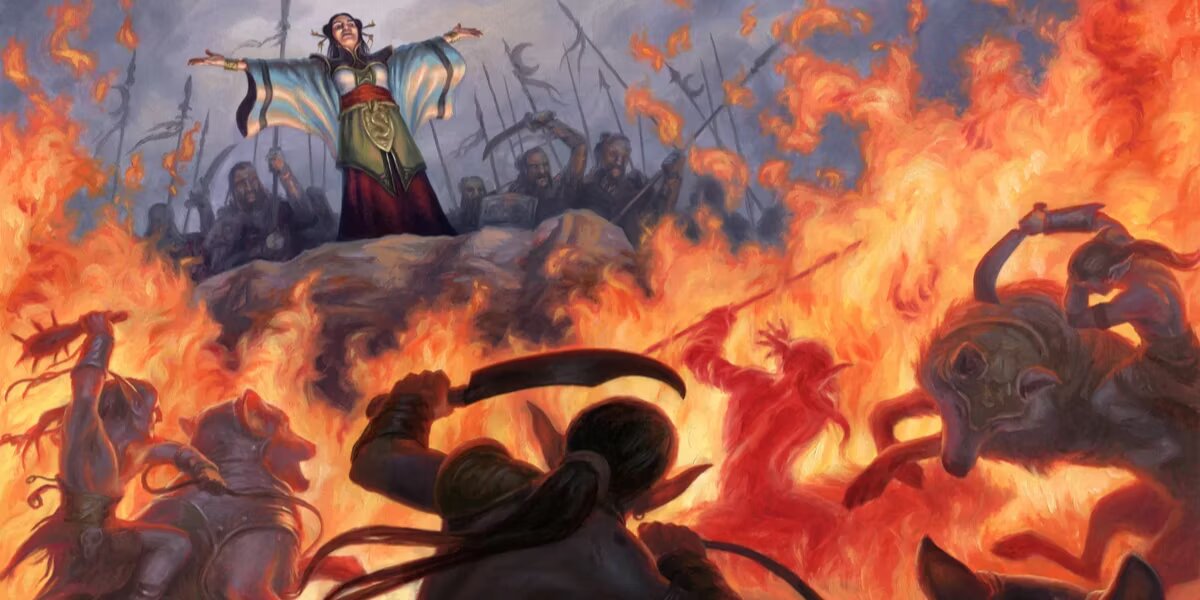 Not only will this item make your bard look good, but it’ll provide them with some extra snazzy moves. This is especially true for those bards who lack in the area of attack and power. The helm only works if it has the correct gems in it, so hopefully you’ll be able to find those gems to replenish it.
Not only will this item make your bard look good, but it’ll provide them with some extra snazzy moves. This is especially true for those bards who lack in the area of attack and power. The helm only works if it has the correct gems in it, so hopefully you’ll be able to find those gems to replenish it.
 Not only will this item make your bard look good, but it’ll provide them with some extra snazzy moves. This is especially true for those bards who lack in the area of attack and power. The helm only works if it has the correct gems in it, so hopefully you’ll be able to find those gems to replenish it.
Not only will this item make your bard look good, but it’ll provide them with some extra snazzy moves. This is especially true for those bards who lack in the area of attack and power. The helm only works if it has the correct gems in it, so hopefully you’ll be able to find those gems to replenish it.Why the Helm of Brilliance is great for the College of Swords, Whispers, Glamour, and Eloquence…
- Destroy any Undead that are within thirty feet with 1d6 of damage per round. If you are swamped with Undead, this is a must have weapon for your bard to have.
- If you have a weapon that isn’t empowered by flames, using this helm will fix that. It takes one turn to take effect, but if you can get through that, then you’ve got yourself a flaming weapon. Bards in the College of Swords can really find this useful. Speaking of fire, the Helm of Brilliance gives its wearer some fire resistance.
- Each gem on the helm can be used to launch a different attack. Diamonds will cause a prismatic spray, a ruby will create a wall of fire, a fire opal will activate Fireball, and the opal will activate daylight. Once a gem is used, it disappears.
How to get the Helm of Brilliance: Like most other items, the location of this one is dependent on how nice your DM is. You might be able to find this in an expensive shop, or in a dungeon.
Helm of Brilliance Description:
- Helm of Brilliance: This normal-looking helm takes its true form and manifests its powers when the user dons it and speaks the command word. Made of brilliant silver and polished steel, a newly created helm is set with large magic gems: ten diamonds, twenty rubies, thirty fire opals, and forty opals. When struck by bright light, the helm scintillates and sends forth reflective rays in all directions from its crownlike, gem-tipped spikes. The jewels’ functions are as follows:
- Diamond: Prismatic spray (save DC 20)
- Ruby: Wall of fire
- Fire opal: Fireball (10d6, Reflex DC 20 half )
- Opal: Daylight
- The helm may be used once per round, but each gem can perform its spell-like power just once. Until all its jewels are depleted, a helm of brilliance also has the following magical properties when activated.
- It emanates a bluish light when undead are within 30 feet. This light causes 1d6 points of damage per round to all such creatures within that range.
- The wearer may command any weapon he wields to become a flaming weapon. This is in addition to whatever abilities the weapon may already have (unless the weapon already is a flaming weapon). The command takes 1 round to take effect.
- The helm provides resistance to fire 30. This protection does not stack with similar protection from other sources.
- Once all its jewels have lost their magic, the helm loses its powers and the gems turn to worthless powder. Removing a jewel destroys it.
- If a creature wearing the helm is damaged by magical fire (after the fire protection is taken into account) and fails an additional DC 15 Will save, the remaining gems on the helm overload and detonate. Remaining diamonds become prismatic sprays that each randomly target a creature within range (possibly the wearer), rubies become straight-line walls of fire extending outward in a random direction from the helm wearer, and fire opals become fireballs centered on the helm wearer. The opals and the helm itself are destroyed.
- Strong varied; CL 13th; Craft Wondrous Item, detect undead, fireball, flame blade, light, prismatic spray, protection from energy, wall of fire; Price 125,000 gp;Weight 3 lb.
3. Revelers Concertina
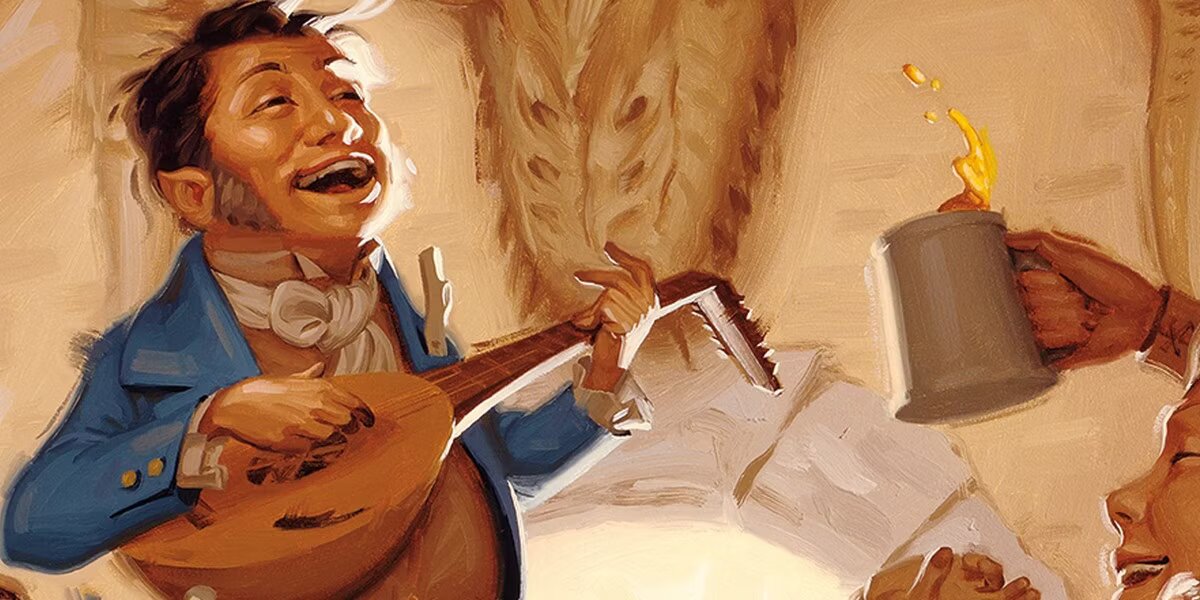 This item is perfect for those bards who lack the skills to Charm and control others. With the Reveler’s Concertina, you will have the ability to literally force the enemy to dance. It’s a fun spectacle for you and your party to watch.
This item is perfect for those bards who lack the skills to Charm and control others. With the Reveler’s Concertina, you will have the ability to literally force the enemy to dance. It’s a fun spectacle for you and your party to watch. Why the Reveler’s Concertina is great for the College of Creation…
- You gain the ability to cast Otto’s Irresistible Dance, which is actually irresistible, the target can’t avoid it. Once it’s put into play, the target has no choice but to dance giving them disadvantage on attack and Dexterity rolls. What’s even better, is this can be used once a day without using up any of your allotted spells.
- This is a good choice of instrument for those in the College of Creation, because they already have the ability to make inanimate objects come to life, and possibly dance. Give them the ability to cast Otto’s Irresistible Dance, and they’ll be able to have some fun with living creatures.
- This item gives you a plus three bonus to DC saving throws just from holding it. Sometimes only one point makes all the difference, but this time, you get two.
How to get the Reveler’s Concertina: This is a rare item, so you’re not just going to find it lying around in an inn or tavern. Where and how -- and even if you find this item is all up to your DM.
The Reveler’s Concertina Details:
- Source: Tasha's Cauldron of Everything
- Wondrous item, rare (requires attunement by a bard)
- While holding this concertina, you gain a +2 bonus to the saving throw DC of your bard spells.
- As an action, you can use the concertina to cast Otto's Irresistible Dance from the item. This property of the concertina can't be used again until the next dawn.
2. The Rhythm Maker’s Drum

You ever hear of the Rod of the Pathkeeper, an item used by warlocks? Well, the Rhythm Maker’s Drum is the equivalent of that, but for bards. The rarity of the Rhythm Maker’s Drum is up to the DM, and the more rare they make it, the more it has to offer for a bard. Almost any bard can use this instrument after they attune to it.
Why the Rhythm Maker’s Drum is great for the College of Valor and Swords …
- The Rhythm Maker’s Drum will let you regain one of your bardic inspiration dice with the use of an action. Regaining some bardic inspiration can be quite helpful to you or your party depending on the severity of the situation. This is good for those in the College of Swords who have to use their bardic inspiration for flourishes, or those in the College of Valor who can give their bardic inspiration to comrades.
- This item will give you anywhere between a plus one to three on spell attack rolls and spell saves. How do you know which number to add? That depends on its rarity, the rarer the DM makes the item, the more bonus you receive.
How to get the Rhythm Maker’s Drum: Depending on how rare your DM makes it, you can find this item anywhere from under a bed in an inn or being guarded by a legendary beast.
The Rhythm Maker’s Drum Details:
- Wondrous item, uncommon (+1), rare (+2), very rare (+3) (requires attunement by a bard)
- While holding this drum, you gain a bonus to spell attack rolls and to the saving throw DCs of your bard spells. The bonus is determined by the drum's rarity.
- As an action, you can play the drum to regain one use of your Bardic Inspiration feature. This property of the drum can't be used again until the next dawn.
1. Instruments of the Bard
 These items were made and designed to enhance the powers of the bard, no matter the subclass. Each Instrument has a base set of spells, then a few extras that are personalized to the item. It’s a good idea to find one of these Instruments that offers spells that either the bard or their party lacks, or you can use them to amplify skills that are already powerful.
These items were made and designed to enhance the powers of the bard, no matter the subclass. Each Instrument has a base set of spells, then a few extras that are personalized to the item. It’s a good idea to find one of these Instruments that offers spells that either the bard or their party lacks, or you can use them to amplify skills that are already powerful.
Why the Instruments of the Bard is great for all classes of bard…
- Every Instrument is guaranteed to give its user the power of: Fly, Invisibility, Levitate, and Protection from Evil and Good. Then aside from that, each individual Instrument has a set of unique spells. However, the downside is that you can only cast one spell per day using the instrument.
- The Instruments are highly beneficials to any bard that’s trying to cast a Charm spell, by giving the target a disadvantage.
How to get the Instruments of the Bard: Since there are seven, there are seven places your DM can hide these goodies. Some of these look like they’d be locked away in dungeons, while others are protected by nature.
Instruments of the Bard Details:
Source: Dungeon Master's Guide
Wondrous item, rarity varies (requires attunement by a bard)
- An instrument of the bards is an exquisite example of its kind, superior to an ordinary instrument in every way. Seven types of these instruments exist, each named after a legendary bard college. The following table lists the spells common to all instruments, as well as the spells specific to each one and its rarity. A creature that attempts to play the instrument without being attuned to it must succeed on a DC 15 Wisdom saving throw or take 2d4 psychic damage.
- You can use an action to play the instrument and cast one of its spells. Once the instrument has been used to cast a spell, it can't be used to cast that spell again until the next dawn. The spells use your spellcasting ability and spell save DC.
- You can play the instrument while casting a spell that causes any of its targets to be charmed on a failed saving throw, thereby imposing disadvantage on the save. This effect applies only if the spell has a somatic or a material component
You may also be interested in:
- The Best D&D Classes (Ranked from Worst to Best)
- Top 25 Best D&D Villains of All Time
- 32 Most Interesting Facts About Dungeons and Dragons!
- 25 Best D&D Games for PC That Every Fan Must Play!
- The 10 Best DnD Streams
- Most Powerful D&D Dragons For Adventurers To Defeat
- Top 10 Best DnD Campaign Ideas
- Top 5 DnD Most Useful Languages
- D&D Top 10 Most Damaging Spells That Obliterate Foes
